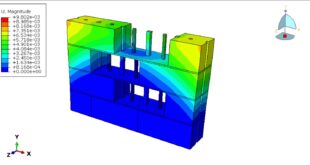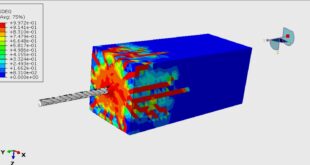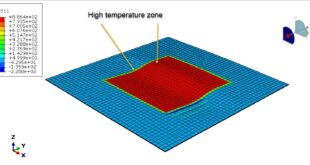Introduction to the Concrete Cylinder Compression Test
The concrete cylinder compression test is a standard method used to determine the compressive strength of hardened concrete, which is a key indicator of its quality and structural performance. This test is performed according to established standards such as ASTM C39 (American Society for Testing and Materials) or EN 12390-3 (European Standard)
Purpose of the Test
To evaluate the ability of concrete to withstand axial loads
To ensure compliance with design specifications and construction requirements
To assess the quality control of concrete batches in construction projects
You can see a figure of the assembled parts below
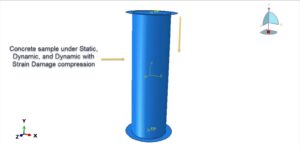
In this tutorial, three models are considered. In the first model, the static analysis using Abaqus Standard is done. In the second model, the dynamic explicit step is selected to overcome the non-convergence in the static approach. In the third model, the explicit model with a fully damaged approach is used, and at the end, a comparison among all three cases is considered.
Calculation of Compressive Strength
The maximum load at failure is recorded
Compressive strength (MPa or psi) is calculated using
fc=AP
fc =Compressive strength, P=Maximum load (N or lbf), A=Cross-sectional area of the cylinder
Factors Affecting Test Results
Curing conditions (moisture, temperature)
Loading rate (too fast or too slow can alter results)
Specimen size and shape
End condition (uneven surfaces may require capping)
Significance in Construction
Helps verify if concrete meets the required design strength
Used for quality assurance in structural elements like beams, columns, and slabs
Essential for the acceptance or rejection of concrete in construction projects
The test is widely recognized for its reliability and is a fundamental part of concrete material testing in civil engineering
After the simulation, all results such as stress, strain, compression and tension damage, failure, maximum force capacity, force-displacement diagram, and others are available for the three cases. You can see some figures for the results below
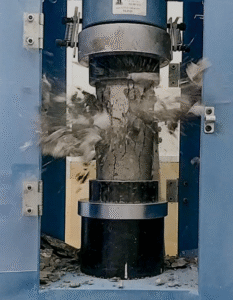
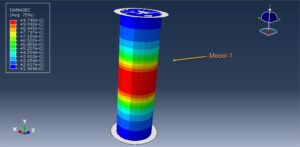
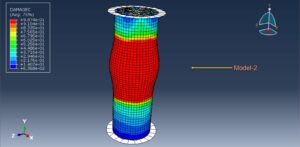
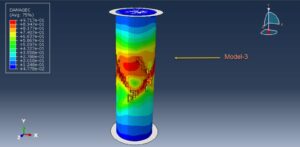
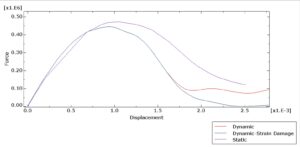
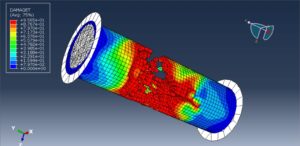
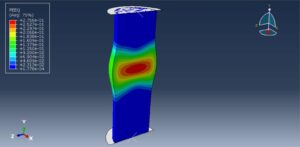
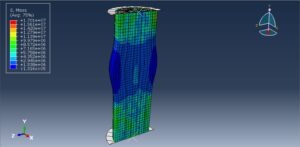
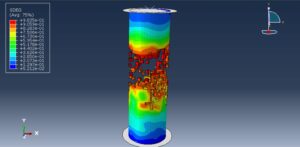
You can provide this simulation’s CAE, INP, and English video files here. The price of these files is Twenty-Six Euros. You can click on the button below to begin the process
Our Payment methods are: Tether, Bitcoin, TRX, PayPal, Visa, or Mastercard. Just before payment, send us an email to this address: abaqusfem.com@gmail.com
 Abaqus tutorials Abaqus tutorials
Abaqus tutorials Abaqus tutorials
